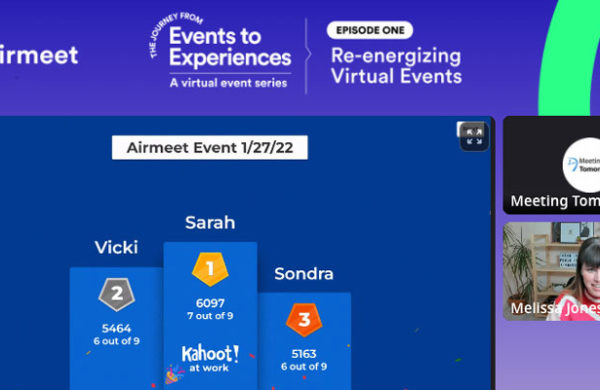
A citation is a reference to a published or unpublished work used in the research or composition of a term paper, essay, report, or other work by an author. The citation is included in the work itself while the bibliographic citation is used on a separate page of the work to designate the full information of the cited work and other referenced, but not cited, work.
View internet sources with a critical eye and make sure your sources are reliable. Anyone can make a website and no one polices the content for accuracy.
Due to the fact that information and data used in today’s industries and educational institutions is predominantly found online it presents a few differences in the way materials need to cited. In addition the content of the web can be accessed in many different forms which need to be given special treatment in citations.
When accessing data from a web site it is important to include as much information as possible from the page in the citation. As not all pages will include the same information a few general guidelines need to be followed; include the following in every web page citation: author(s), name(s), name of the article or source of the information such as the page or database name, any version numbers that are available, date of said version, publisher information, date that the material was accessed, and the electronic address placed between carats. One of the most important aspects in web page material is the date the information was accessed as data is constantly updated online. If it is a single web page be sure that the URL directs to the page being cited.
Online magazines are an often used source and should have, in this order, these included: author(s). “name of article.” title of online publication. date of publication. date of access. If a volume or publication number is given, place it after the title of the online publication data. Journals for professionals are given different consideration when citing; in particular the issue and volume numbers must be provided. In addition, the paragraph and page numbers of the journal must also be included. These will placed after the title of the publication and before the date.
Citing an online newspaper isn’t much different than citing a printed newspaper. Include, in this order, the author(s), article title in quotes, the name of the online newspaper underlined, date of publication, name of the section of the paper the article was published in, date the article was read, and the URL in brackets. An online periodical would be treated as a magazine article with the volume and issue numbers or dates. Occasionally an author will need to use a review of an existing work as a citation. In this instance the format of the magazine will be used with a few additions. The author’s name will be followed by the name of the review used as the name of the article title. Be sure to include the volume and issue dates, or the date of access if these are not provided.
Emails may be used in the same manner as letters and interviews in standard citations. In this order the items should be listed: author(s), “title of message”, email to person’s name, and date of message. Along with emails, newsgroups, electronic conferences, and newsgroups will be handled in a similar fashion. For listservs, newsgroups, and conferences the following should be listed; author(s), title of posting, online posting area or site, date the post was made, name of the listserv, and date of access. If the author’s name is unavailable use their username instead. Accessing online databases via library searches requires a little extra information. Start with the author then list the title of the article, what publication the article was published in, date of publication, the page number(s) of the article, the service used to access the database, and the location of the library used (if one was used) in accessing the database, followed by the date of access.
For governmental documents start with the author, if known, or use the governmental body that issued the document, next is the division of the government responsible for the document, then the title of the document, underlined, followed by the publisher and date of publication. Using these citation methods will allow an author to properly give credit to those who have helped them create their work.
Citing electronic resources is an easy process with all the the right information and resources. Finding these electronic resources are especially easy when you have a laptop computer that can access the internet anywhere. Laptop rentals are relatively cheap if you do not have one of your own.


